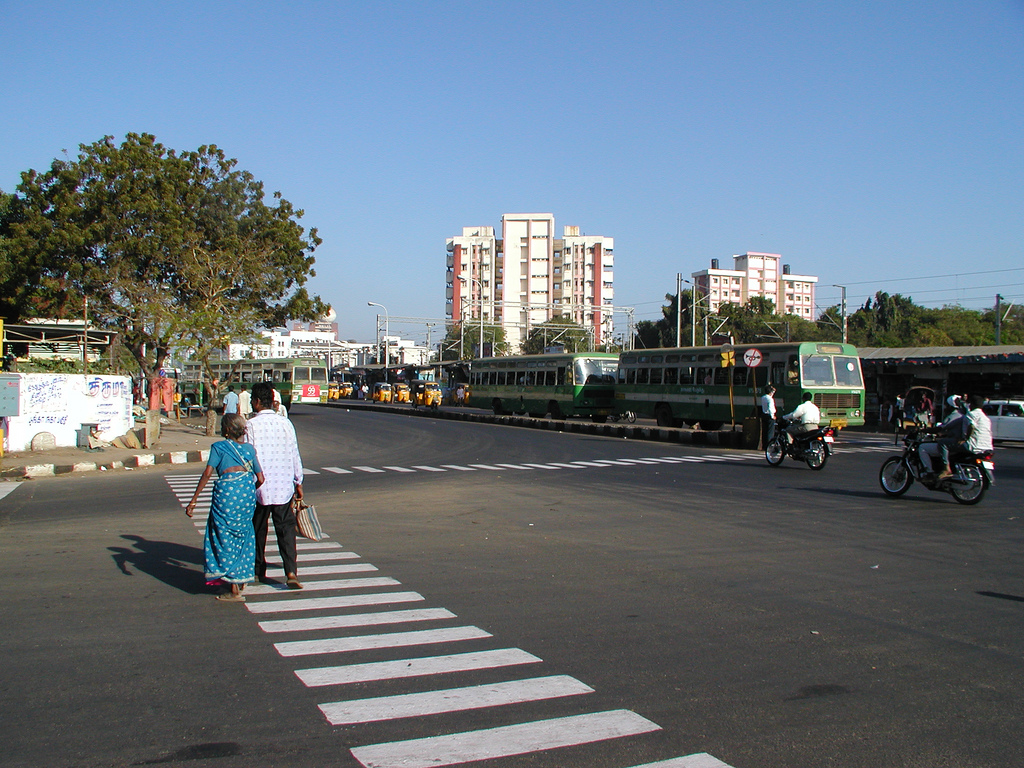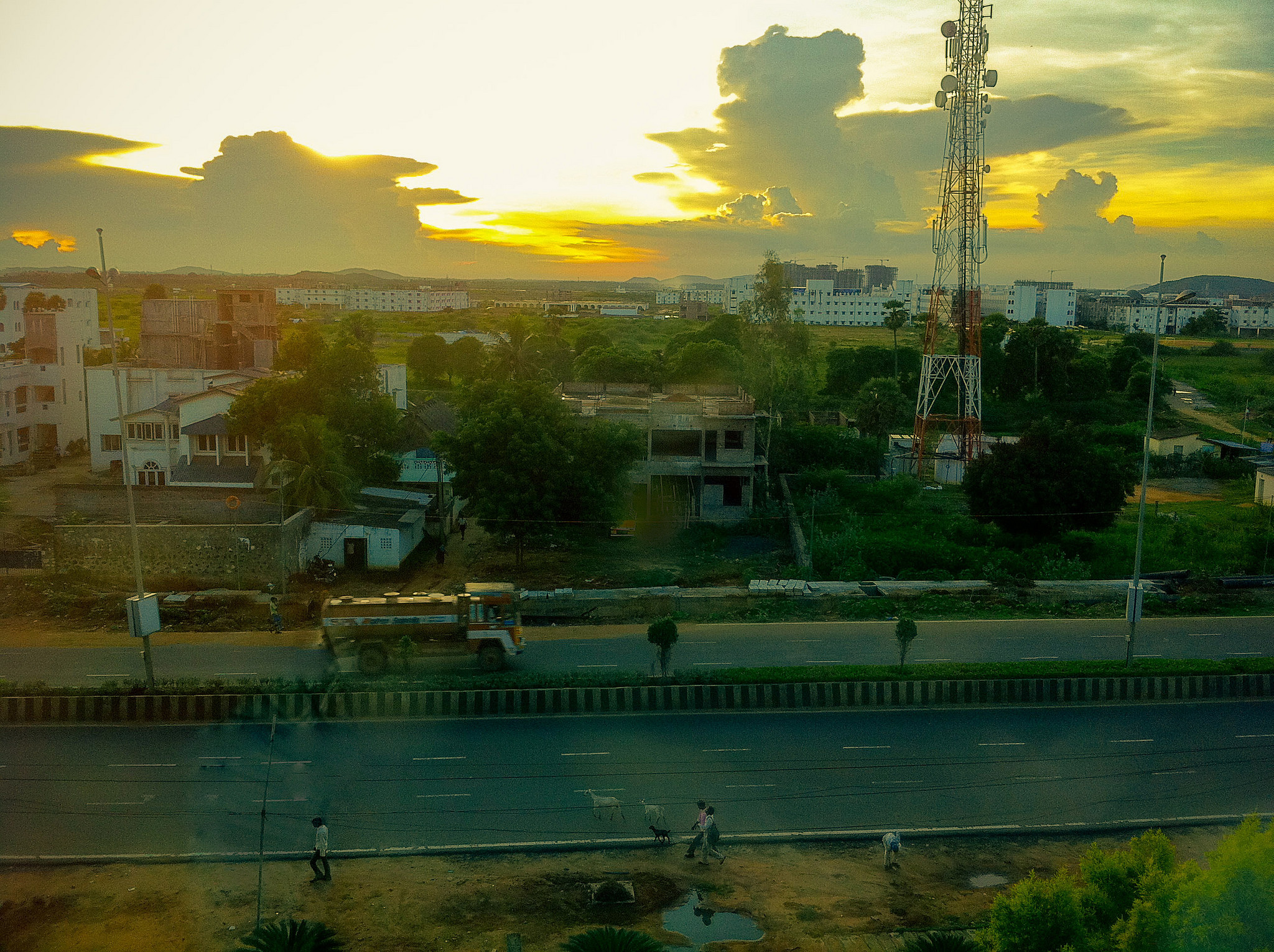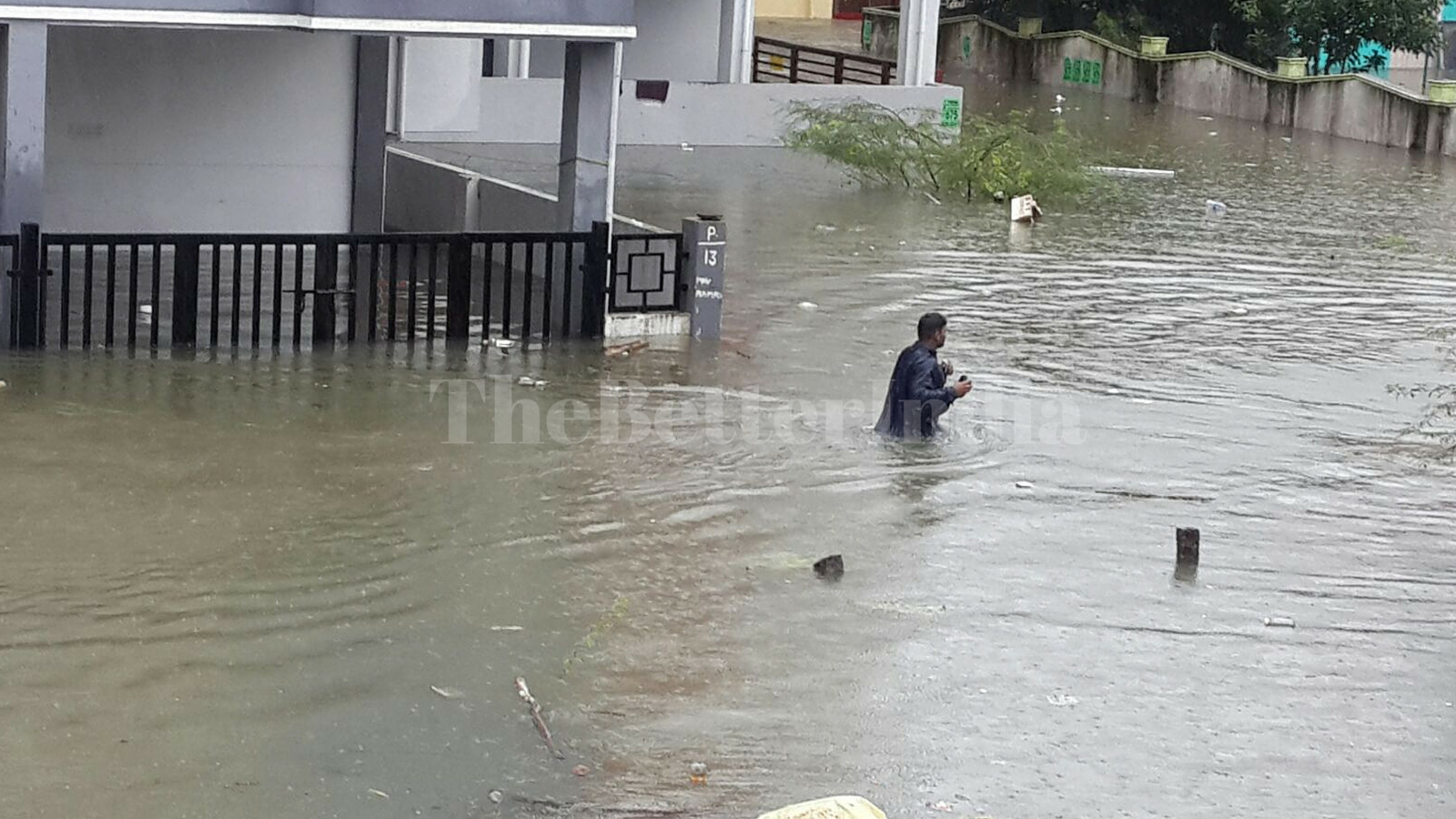MY VIEW: The Chennai Flood Happened Due to a Complete Lack of Urban Planning
After Chennai’s recent catastrophic floods, the one question that looms large is - 'could proper urban planning have prevented such a disaster?' Here are an architect's suggestions on a few steps that need to be taken in the city now, and the basic fundamentals that should be followed when planning any city.

After Chennai’s recent catastrophic floods, the one question that looms large is – ‘could proper urban planning have prevented such a disaster?’ My answer to that question is certainly ‘yes’.
The way our cities are planned has got a lot to do with inviting or avoiding such disasters. Chennai floods underline the importance of adhering to the fundamental urban planning principles, when we design our cities. Being an architect and an urban planner, I can’t over-emphasise this point enough.
But before discussing about the kind of planning that should have been done in a city like Chennai, we must understand what the architecture of any ideal city should be like.
Photo Credit: ReflectedSerendipity/Flickr
Let us first look at the birth and growth pattern of a city, which is almost like a living human body. It is born, lives for a certain period of time, and then dies. Like a group of cells come together to form a human body, a group of people come together to form a city. Thus, any city must grow to its limit, attain maturity, cease to grow and eventually perish. It can function to the peak of its efficiency only for a limited period of time, after which it should be allowed to die its natural death. Adding newer parts to an old city is almost like transplanting new organs in the body of an old living organism. It distorts the fundamental body mechanism.
This leads us to the question – ‘what can we do to prevent the distortion of our cities like Chennai, and to prevent disasters like the recent floods?’ Here are three basic points that must be kept in mind:
1. A city must be designed for a specific number of people.
Photo Credit: Jared Smith/Flickr
As and when the limit is attained, newer cities should be designed and built. And this should be a continuous process. This is quite similar to the situation of a living being, who on achieving maturity, allows the next generation to come into existence through the method of reproduction.
2. We need to limit the migration from villages to cities.

Photo Credit: snotch/Flickr
Chennai is a classic example of this problem. However, the solution cannot be achieved by promulgating any law. Instead, we need to enhance the quality of life in our villages. This will require a change in the existing mindsets and policies.
3. A city should be walkable.
Photo Credit: Andrea/Flickr
On further analysis, one comes across another important element of city planning – Every city should be walkable, horizontally and vertically. This leads to the reduction in the amount of energy spent while commuting. Ideally, one should be able to walk from the outermost ring, to the centre of a city within twenty minutes.
Traditionally, cities were planned and built based on the principles mentioned above. Cities like Rome, Paris, Florence, Jaipur and Jaisalmer are all good examples of how well the city planners of the past understood these fundamentals and applied them prudently in the creation of their cities. But on comparing those with present-day cities like New York, Tokyo, Mumbai or Chennai — there is clearly a striking contrast.
But then, what is wrong with Indian cities like Chennai, which is a mix of the old and contemporary? Fundamentally, it is the unlimited growth that destroys the order in such cities beyond repair. In a human body, unlimited growth is considered cancerous. A city is no exception to this rule.
Chennai must accommodate the natural contours, slopes and drains, in its plan. One of the best ways of planning a water front city is to ensure that all the main streets are running perpendicular to the coast line. This will allow easy passage of excess rain water into the sea. A good example of such planning is the city of Minneapolis that sits on the banks of the Mississippi river.
Looking at the enormity of the problem in Chennai, the solutions have to be implemented at a large scale too! We need to take some hard steps here, such as:
1. Gravity drains should be created, taking into account the natural slopes of the terrain and quantum of water to be handled.
2. Existing natural drains and rivers should be de-silted and widened.
3. Low-lying areas should be spared of construction (have some mercy!). In some cases, dikes have to be built around them to protect such areas from flooding.
But in the end, we must remember that prevention is better than cure. We must plan, form and take care of our cities like we do our homes.
Netherlands, a country that has more than sixty percent of its land below sea level, has been taking some pioneering steps in the direction of water management and hydrology. The country has taught itself how to live with water, rather than fight it. In the recent years, it has been consistently voted as one of the top ten happiest countries in the world to live in. If they can top in happiness quotient, in spite of their problems with water management, so can we. What is needed is the will to face the challenges and solve the problems objectively and scientifically.
– Anil Bhaskaran
Like this story? Or have something to share? Write to us: [email protected], or connect with us on Facebook and Twitter (@thebetterindia).
If you found our stories insightful, informative, or even just enjoyable, we invite you to consider making a voluntary payment to support the work we do at The Better India. Your contribution helps us continue producing quality content that educates, inspires, and drives positive change.
Choose one of the payment options below for your contribution-
By paying for the stories you value, you directly contribute to sustaining our efforts focused on making a difference in the world. Together, let’s ensure that impactful stories continue to be told and shared, enriching lives and communities alike.
Thank you for your support. Here are some frequently asked questions you might find helpful to know why you are contributing?


This story made me
-
97
-
121
-
89
-
167

















